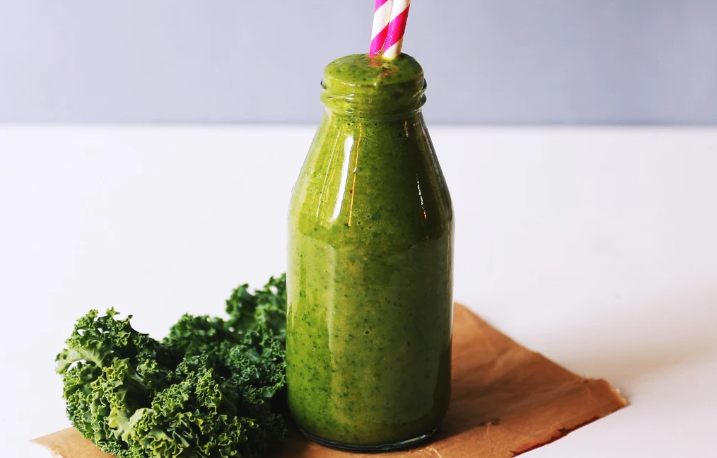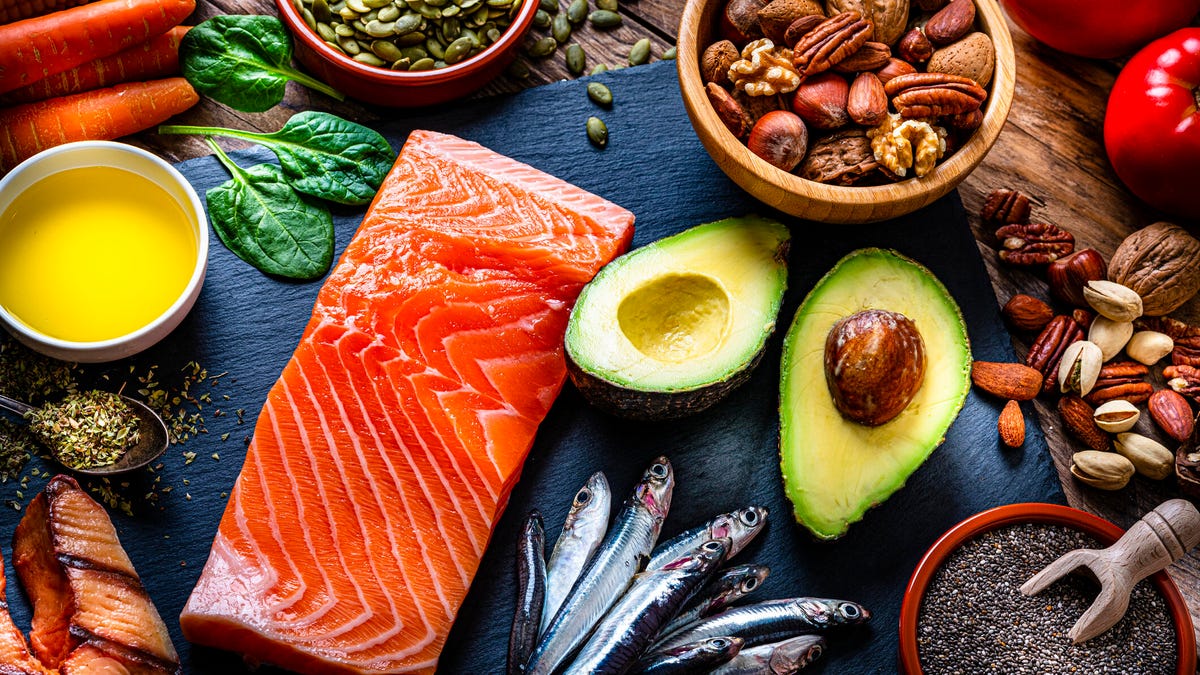I can vaguely remember how it felt to be my 21-year-old, energetic, wide-eyed self the year I started graduate school.…
I can vaguely remember how it felt to be my 21-year-old, energetic, wide-eyed self the year I started graduate school. I was beginning a doctoral program focused on health and developmental psychology and I was going to change the world. I was sure that I could do research that would ultimately help teenagers to adopt healthy behaviors if they just knew better.
Because most of you reading this are probably older than 21, you’ve accumulated enough life experience to find my former naïveté laughable. In my defense, I did grow up in the midst of the “Just Say No” and “Just Do It” campaigns. I experienced a childhood full of oversimplified adult voices. Why wouldn’t I think that it’s simply as easy as telling people what they need to do to be healthy? Once you know, you know.Right?
[READ: FDA Nutrition Label Update: How to Read the New Food Label.]
Making Healthy Food Choices
A few decades later I appreciate that this knowledge-deficit approach to science communication — just provide information so people can make the “right choice” — is deeply flawed. Of course, sharing information is essential to increase understanding about issues that people don’t currently understand. However, the knowledge-deficitperspective assumes that people don’t have whatever knowledge they (supposedly) don’t have in the first place.
What does this have to do with food labels? The Food and Drug Administration has recently described new criteria for determining whether or not a food can be labeled healthy. These criteria haven’t been revised since 1994, so they’re overdue for consideration. The labeling scheme would allow all fruits and vegetables to be labeled healthy. No. They aren’t all currently labeled healthy.
So that’s … progress? It also assumes that most people don’t already know that fruits and vegetables are healthy. Hmmm.
The new FDA labeling scheme also requires limits on sugar,sodium and saturated fat before a box or package of anything can be labeled healthy. Foods must contain enough of a food group (if not fruits and vegetables than grains, protein or dairy) to wear the new label. The FDA claims the end-goal is “to indicate that a food’s level of nutrients may help consumers maintain healthy dietary practices by helping them achieve a total diet that conforms to dietary recommendations.”
In other words, labeling food — literally, often with stickers and brightly colored imagery — is intended to guide consumers toward making “the right decision.” But it turns out that foods and drugs are not comparable; whereas just saying no to drugs is typically advisable, food is a daily necessity. And food is not only necessary but complicated. Knowing that some foods are nutrient dense or “healthy” does not necessarily lead us to choose those foods.
A recent study that reviewed previous research on front-of-package labels on foods makes this clear. The study authors found that labels have a very modest influence on shoppers’ purchases. They may lead people to grab more nutrient-dense foods sometimes, but relatively rarely.
Another studysuggests that this may be because food labels in general are not always easily understood by consumers. What exactly is a portion? What does “low-fat” mean? How is a consumer’s cultural context relevant to these determinations? Sometimes labels raise more questions than answers.
[READ: How Long Does It Really Take to Make Healthy Eating and Exercise a Habit?]
What Makes Food Healthy?
Alli Spotts-De Lazzer, a therapist who treats patients with eating and body image concerns, talked with me about the new labeling scheme and suggested that “for those who experience a lack of fresh, available, affordable foods, the ‘healthy’ labels could help inform their choices. For example, if two items are on the shelf and equally priced, a ‘healthy’ label could possibly help a parent pick the seemingly healthier, more nutrient-dense option for their family. Unfortunately, on the other hand, ‘healthy’ labels may also contribute to disordered eating, orthorexia and eating disorders among some.”‘
I wouldn’t go as far as to say that the provision of nutritional information should be abandoned all together. I find it useful at times to use nutritional information as a rough guide in making decisions about food purchases. However, maybe labeling foods as “healthy” or, by default, “not healthy” is oversimplifying things a bit too much? Never mind, that most people can make these broad assessments on their own, without a label. It’s not a lack of knowledge that’s leading people to pick the fries over the side salad, it’s because the fries taste better!
[Read: 8 Strategies for Maintaining a Healthy Relationship With Food.]
A Healthy Relationship With Food
Oona Hanson, an educator and parent coach specializing in eating disorder awareness, prevention and recovery suggests “there is so much about food that could never be fully captured on a nutrition label — especially something as oversimplified as ‘healthy’ and ‘unhealthy.’ Developing a healthy relationship with food is what we should be promoting in our public health messages; rigid rules and labels actually interfere with that process.”
More from U.S. News
A Day’s Worth of Meals on the Mediterranean Diet
Foods That Are Good for Your Eyes
Best Meal Delivery Services for Prepped Meals in 2023
Why Food Labels Don’t Improve Health originally appeared on usnews.com











